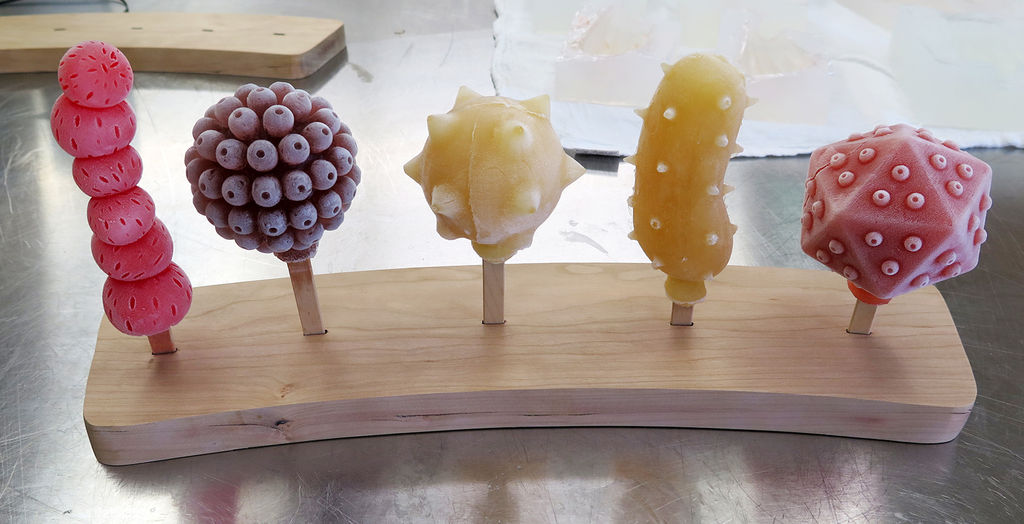
3D printing long ago moved from theory to the reality, and in recent years 3D printing have become cheaper than before; several models are now available for sale, as well as designs for products. Specialists predict 3D printers will be common in homes in coming years.
3D printing is also known as desktop fabrication, it can form any material that can be obtained as a powder. For creating an object you need a digital 3D mould. You can scan a set of 3D images, or draw it using computer-assisted design or CAD software. You can also download them from internet. The digital 3D mould is usually saved in STL format and then sent to the printer. The process of "printing" a three-dimensional object layer-by-layer with equipment, which is quite similar with ink-jet printers.
3D printing make it possible to make a part from scratch in just hours. It allows designers and developers to go from flat screen to exact part. One of the most important applications of 3D printing is in the medical industry. With 3D printing, surgeons can produce mockups of parts of their patient's body which needs to be operated upon.
Nowadays, 3D printing technology is widely used in mold manufacturing industry.
Digital 3D printing material is strong enough to hold up to short injection molding runs of about 10 to 100 parts. You can install the 3D printed mold directly onto your injection molding machine. During the design and testing phase, 3D printed molds offer a clear advantage over conventional injection molding. Product designers and manufacturers can use these molds to perform thorough functional testing without worrying about cost-prohibitive tooling. Flaws based on the final production process, geometry or choice of plastic can be discovered early, when they are easiest to fix. This can reduce costly, time-consuming mold corrections, increase product innovation and speed product development.
3D printed molds can be created much more cheaply than traditional molds, but they are also more fragile. They work with lower-heat, lower-pressure materials than metal molds can withstand, and the molded item has to be able to release easily, because prying it out could damage the plastic tool.
3D printing technology often use in produce plastic injection mould. Though plastic tools won’t last as long as metal tools, they can be used for prototyping and short-run products of a couple hundred shots. Used to produce prototypes, 3D printed molds can help identify design problems before an expensive aluminum or steel tool is built.
